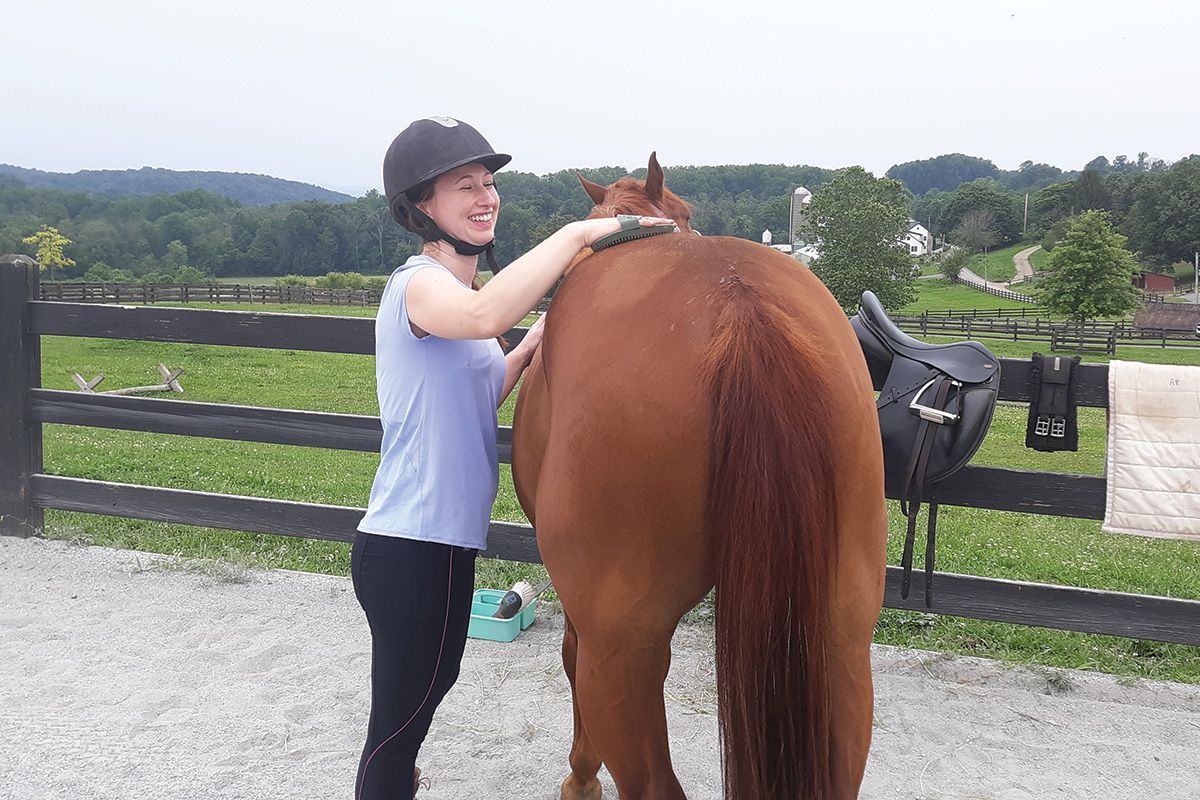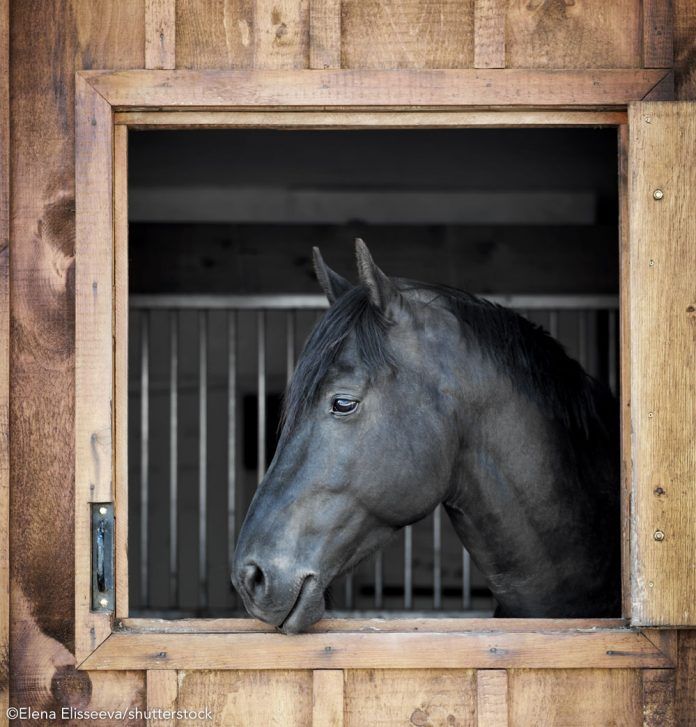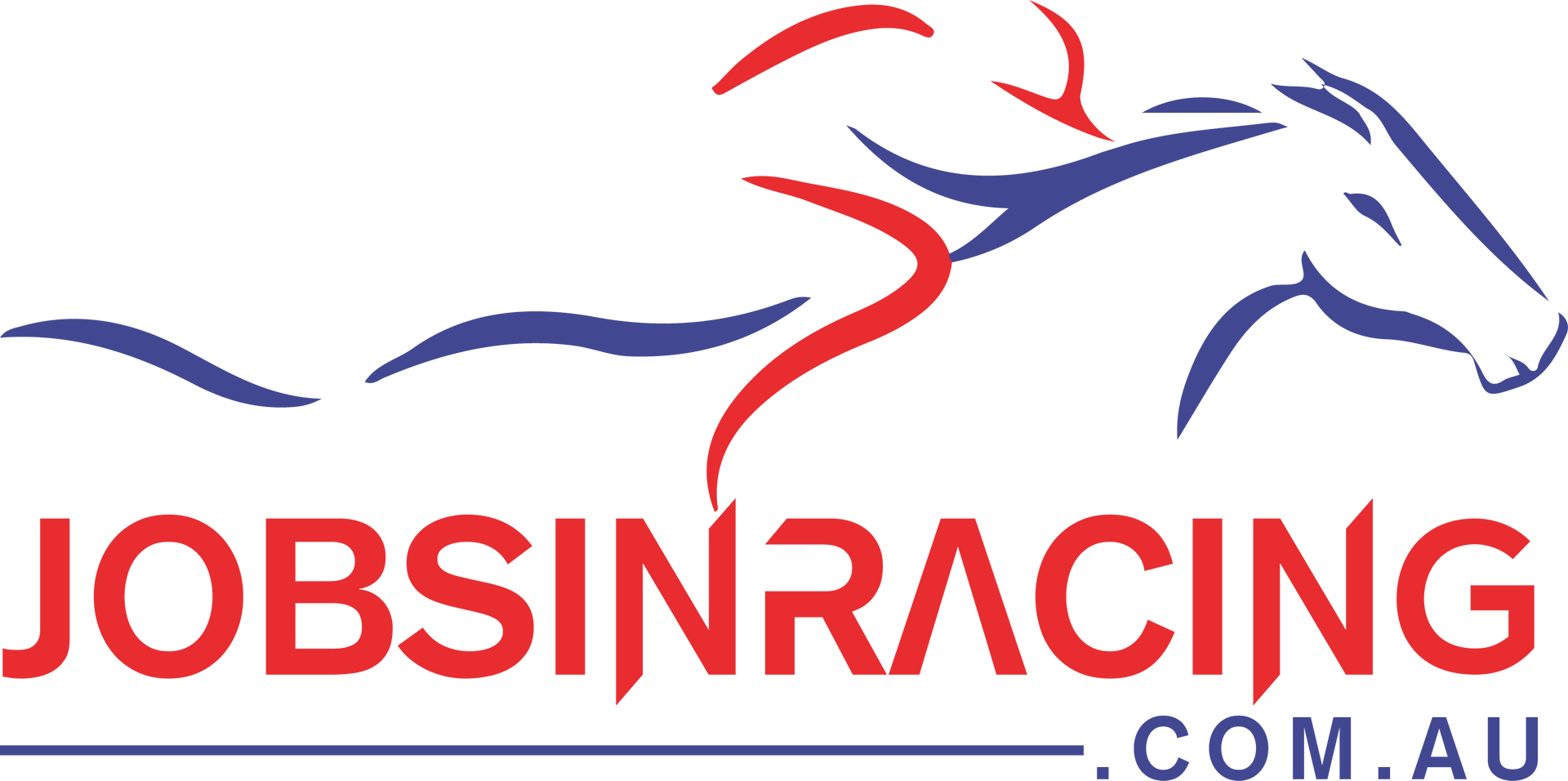Improving Your Horse’s Water Intake
Learn why your horse should always have water available to him and how to improve his water intake.
We are all familiar with the old adage “You can lead a horse to water, but you can’t make him drink.” There are times when you might feel that your horse has fallen off on an appropriate water intake, particularly in hot summer heat or on cold winter days. No matter the time of year, insufficient water intake poses significant health risks for your horses from dehydration, not the least of which could be impaction colic.
Water is the most essential nutrient available to animals. Domestic animals can go for many weeks without food, but they cannot survive long without water. So what can you do to stimulate your horse to drink? In this article, we’ll consider how to approach the many situations your horse might encounter that might alter its water intake, from daily life on the farm to summer exercise demands, travel, and winter weather.
Hydration Tips on the Farm
Clean, fresh water encourages drinking, which promotes intestinal health and normal peristaltic movement of the intestines. Automatic waterers provide a non-stop source of water, but they should be monitored for function and cleaned regularly of debris.
Some systems are even able to track how much water a horse drinks, which is helpful information in many situations.
When using an automatic water system, make sure a horse knows how to work it, especially if it requires a muzzle push to activate. Float-valve waterers simply fill the reservoir as a horse drinks, without any effort on his part. Also ensure that the noise of water filling the reservoir doesn’t cause your horse to back away. Some waterers won’t fill as fast as a horse can drink, so install one with a large reservoir when possible.
Feed your horse as close to a water source as possible. Some horses like to dunk their hay, especially those with dental issues. Other horses will drink more when they are eating if they don’t have to wander very far to the water tank, leaving their food.
Soaking pelleted feed and/or beet pulp into a mash can provide quite a bit of water intake, especially if two to three gallons of water is mixed in with the feed. Even soaking flakes of hay adds water for ingestion.
Hay cubes and chopped forage accept a good proportion of added water and are an especially helpful food choice for older horses with dental issues. Psyllium is also known for its water-retention properties in the intestinal tract in addition to its adjunctive role of moving sand and dirt through the bowel.
Water quality is affected by contaminants such as blue-green algae (cyanobacteria), bacteria, viruses, parasites, sulphates, nitrates, manure, and salinity or alkalinity. Filtration systems that prevent or remove such contaminants in your water supply can vastly improve palatability.
Hydration in Winter
Horses are more reluctant to drink excessively cold water and certainly are unable to drink frozen water (ice). Horse owners should not consider snow as a water source in winter and should always provide an adequate source of fresh, non-frozen water.
Studies have demonstrated a 40% greater water intake when water is warm compared to water near ambient freezing temperatures. Water intake in winter is just as critical as intake during hot weather and exercise. Reduced water intake tends to decrease feed consumption while increasing the risk of developing an impaction colic.
If you know that a cold spell is imminent, start increasing your horse’s hay a bit in advance of a storm. This should stimulate more water intake before the temperature drops.
If you use an ancillary heating element for your water tank in cold climates, you must maintain it regularly. A well-grounded water tank heater keeps water at a temperature preferred by most horses, which is about 45-65 degrees Fahrenheit. Check that the tank and water heater are operational in advance of winter and aren’t passing electrical shocks into the drinking water.
I recall a time when my horse lived on a ranch with 20 others, and the horses would approach the water tank eagerly, start to take a drink and step back suddenly. The cause: a short in the heating element that caused a low-grade voltage shock like a buzz with every drinking attempt. The horses greedily dove right in to drink once the problem was resolved.
There also can be some horses that are more sensitive to stray electricity than others. So just because some horses in a field are drinking doesn’t mean that all horses are getting enough water if there is stray voltage in the trough.
Encasing electrical cords in plastic pipe or securing them out of reach of inquisitive mouths helps to horse-proof cords to avoid electrocution. Check stock tanks and automatic watering systems daily to ensure active function and safety, and that water lines haven’t frozen or suffered a mechanical failure. Solar-powered, freeze-free water troughs are also an option.
In the absence of a tank heater or heated automatic watering system, be sure to break ice in the water tank at least twice daily. Ice-free water should be available free-choice at all times, when possible. It might help to partially cover a tank with a well-affixed board so that snow doesn’t accumulate quickly on the water surface. A partial tank cover also is useful to prevent a horse from grabbing the tank heater that is submersed at the bottom of the trough.
Hydration for Exercise Demands
Digestion of the large amounts of fiber that horses consume each day requires large volumes of water to fuel normal metabolic processes and food digestion, and to maintain body fluid levels, including production of sufficient saliva to lubricate chewed food and prevent choke.
For every pound of food consumed, a horse needs a minimum of two to four pints of water. Therefore, a diet of 20 pounds of hay necessitates intake of 40-80 pints of water, equivalent to five to 10 gallons. That is just the water necessary for digestive function!
At least 10-12 gallons a day of water intake is needed to support the variety of body maintenance functions in a temperate climate. In hot weather, water needs might increase to as much as 20 gallons a day, and even more when a horse is engaged in rigorous exercise.
Twice as much water is necessary for a horse fed only dry forage (hay) compared to a horse eating pasture with its high moisture content.
For horses engaged in endurance or trail disciplines, high amounts of dietary fiber are advantageous because they “hold” water within the large intestines, where it is accessed during protracted exercise.
Body water is lost through urine, defecation and in large amounts through sweat generated during exercise. Reduced water intake also reduces intestinal fluid with a potential to develop impaction colic. The optimal preventive strategy to avoid dehydration is to provide clean water at all times.
An important part of the thirst reflex relies on the concentration of blood sodium. Loss of electrolytes in sweat can cause enough sodium loss that even though a horse needs to drink, he loses his drive to do so.
Following exercise, or during protracted periods of exercise, supplement horses with one to two ounces of oral electrolytes (use products that are mostly salt and not laced with sugars). Salt can be added to food or administered via a syringe, and salt licks or free-choice loose salt should be available at all times.
Hydration for Travel
Many horses travel for a living, spending quite a bit of time on the road whether to work, trails or competitions. Travel requires quite a bit of muscular work for balance in the trailer, and there is the added stress of acclimation to a new environment and stimuli once the horse arrives at its destination. Travel is known to cause reduce feed intake in horses, and that leads to a reduction in water consumption. What can you do to entice your horse to drink better on the road and in a new place?
• Offer water every three to four hours during a journey. Hang a bucket in the trailer that holds enough water for a horse to sip without water sloshing all over the floor. At rest stops, offer a fresh bucket of water and give a horse several opportunities to drink before assuming he won’t.
• Bring a selection of water buckets of varying materials—plastic, aluminum, and rubber—so your horse has a choice. Bucket material can affect water taste.
• A study looked at the use of different colored water buckets, finding that horses have a preference for drinking from turquoise or light blue-colored buckets compared to darker tones of green, yellow or red.
• Bring water from home to help wean your horse to the taste in local water at your destination.
• Flavor your horse’s water. This is a good practice to start at home to train your horse to accept a different taste. In a five-gallon bucket, you can add one of the following: a) ¼ cup apple cider or juice; b) 1 tablespoon of apple cider vinegar; c) ¼ cup beet pulp juice; d) a little molasses; or e) powdered electrolytes or Gatorade. Peppermint candy-loving horses might drink better if a peppermint candy or candy cane is dropped into the water bucket. (For horses with insulin dysregulation, it is best not to add sugar-containing products to feed or water.)
• Offer a bucket of flavored or electrolyte-laced water along with a bucket of plain water to give your horse a choice.
• Clean water buckets daily.
Monitoring Hydration
There are some simple tools you can use to determine whether your horse is consuming ample water.
• Look at the gums for mucous membrane moistness and a normal pink color.
• Look at the manure to make sure it is adequately moist and not just dried balls of feces. Check for ample urination spots in the paddock or stall.
• Learn how to listen to intestinal sounds on both sounds of the horse’s flanks.
• Pinch up the skin of the eyelid or at the point of the shoulder to see how quickly it relaxes back to normal as a hydration skin test.
Take-Home Message
Keeping track of your horse’s water intake helps ensure that your strategies to improve water intake are working. Above all, make sure your horse has a steady supply of good, clean, ice-free water at all times.
Source: https://stablemanagement.com/articles/improving-your-horses-water-intake/


